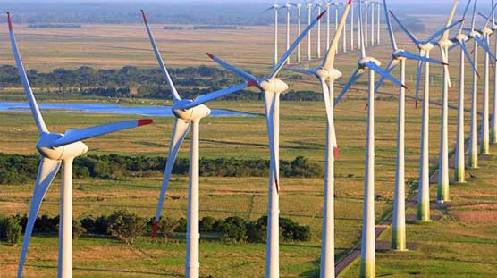LONDON: The International Energy Agency on Thursday raised its view on 2024 oil demand growth for a fourth time since November as Houthi attacks disrupt Red Sea shipping, though it remains far less bullish than producer group OPEC.
The Organization of the Petroleum-Exporting Countries (OPEC) and the IEA, which represents industrialised countries, have clashed in recent years over issues such as the long-term oil demand outlook and the need for investment in new supply.
World oil demand will rise by 1.3 million bpd in 2024, the IEA said in its latest report, up 110,000 bpd from last month. It forecast a slight supply deficit this year after OPEC+ members extended cuts, from a surplus previously.
Brent crude oil rose as much as 80 cents a barrel towards $85 after the IEA report was released, touching its highest since November. “Quite a bullish report, with upward revisions on demand growth, and lower supply growth estimates,” said UBS analyst Giovanni Staunovo.
The IEA had initially forecast 2024 demandgrowth of 860,000 bpd in June 2023. Demand rose by 2.3 million bpd last year.
“The slowdown in growth, already apparent in recent data, means that oil consumption reverts towards its historical trend after several years of volatility from the post-pandemic rebound,” the IEA said.
OPEC on Tuesday kept its demand growth forecast unchanged at 2.25 million bpd, meaning the views of OPEC and IEA remain nearly 1 million bpd apart, representing almost 1% of daily world demand.
Dovish signals from central banks indicated a path out of economic doldrums, the IEA said, but subdued economic data in China remains a concern.
Disruptions to shipping in the Red Sea region have forced more trade on to the longer route around the Cape of Good Hope, pushing up the number of barrels at sea to nearly 1.9 billion as of the end of February, the IEA said.
Longer routes boosted fuel demand and the loading of ships with fuel, or bunkering, in Singapore reached all-time highs.
ECONOMIC HEADWINDS
The IEA still thinks the cloudy economic outlook will weigh on demand, the agency noted, even as the challenges to shipping provide a short-term boost. Growth will continue to be heavily skewed towards non-OECD countries, even as China’s dominance gradually fades, the IEA said. It expects China’s demand growth to slow to 620,000 bpd from 1.7 million bpd in 2023.





